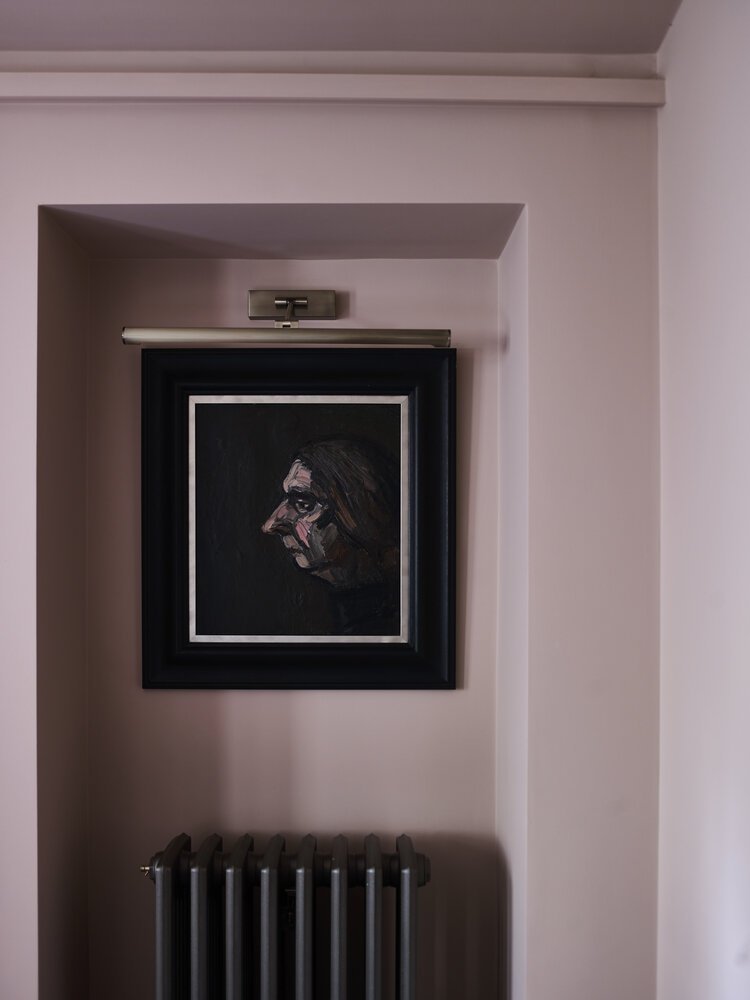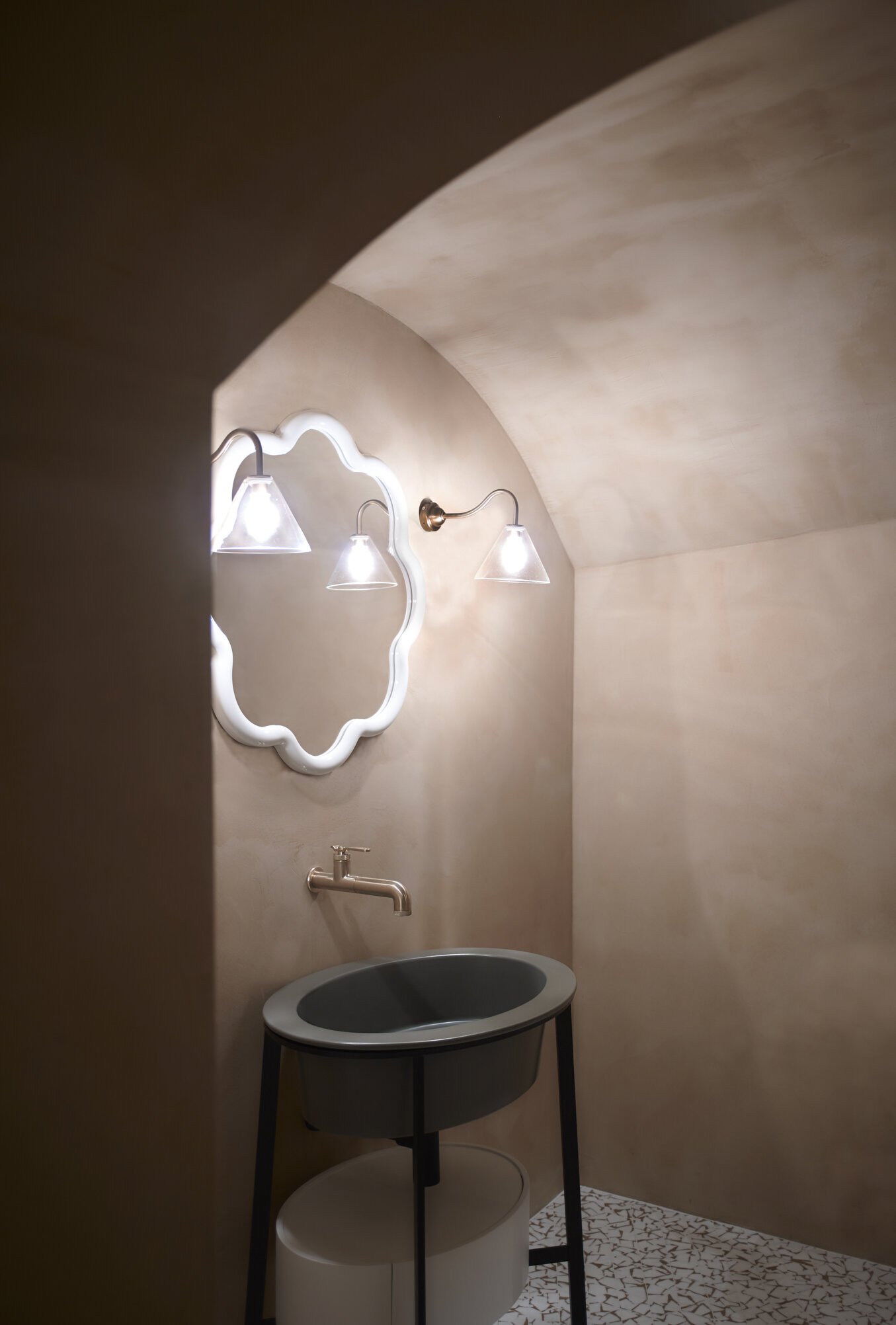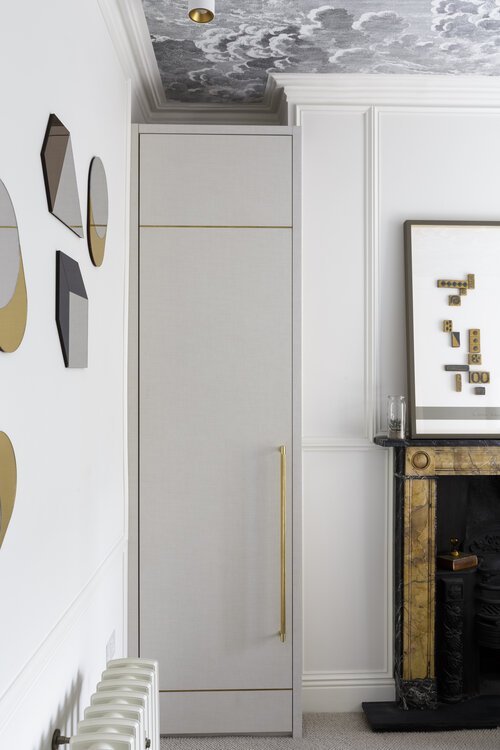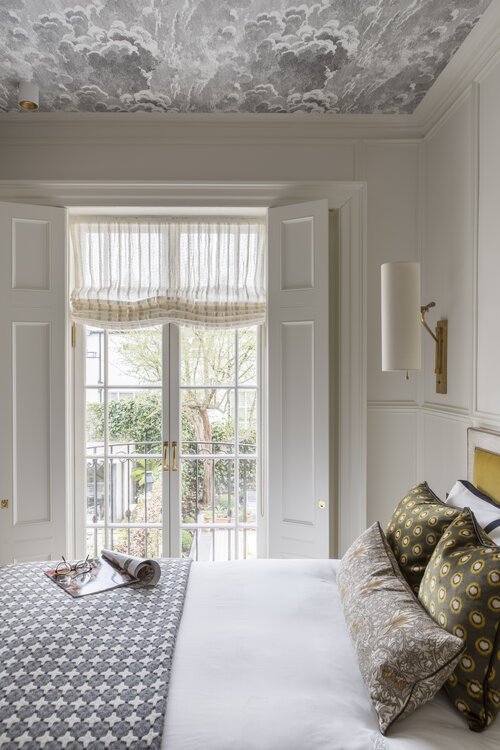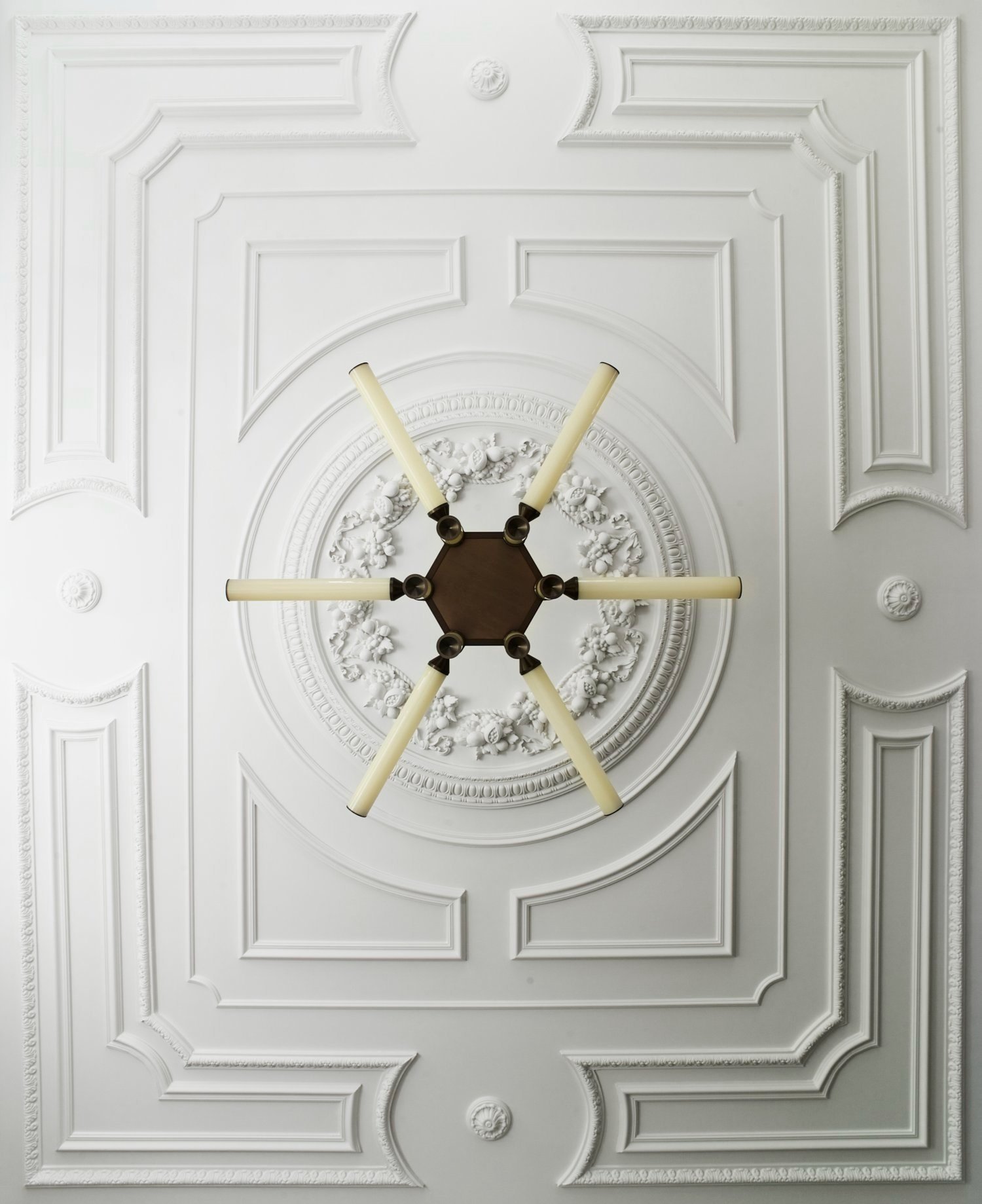Fifth Wall: Make the Most of Your Ceiling with These Decorating Ideas
Next time you’re decorating a room, don’t forget to look up: there’s a big space above your head that’s begging for attention. Often referred to as the ‘fifth wall’, your ceiling deserves to be decorated as beautifully as your walls. So read on to discover six tips to tackling your fifth wall.
Tip one: Avoid any old white
Resist the temptation to paint your ceiling any old white and leave it at that. White is great for reflecting light and creating a sense of spaciousness, and the right shade of white will do that while enhancing the whole space. You might think that finding this is a walk in the park, but in fact, the market is saturated. There’s everything from whites with cooling green or blue undertones, to whites with a splash of red, pink or yellow mixed in to warm them up.
So, to be sure you have the winning white, I highly recommend you test samples – and lots of them! By comparing and contrasting a range of whites with the colour (or colours) you’ve chosen for your walls, you can truly appreciate how one white can differ from the next.
A neat trick is to add a few drops of the wall colour into your white ceiling paint. This will lessen the difference between the two colours and create a more cohesive scheme.
Tip two: Keep it simple with one colour
In a small room, a bright white ceiling will draw attention to the line where the walls stop and the ceiling starts, therefore emphasising the size of your space. An easy solution is to use the same colour on the walls, woodwork and ceiling. This instantly makes a space feel more unified. Plus, by eliminating colour contrasts that distract the eye, you can make a space look and feel bigger.
Remember, this idea doesn’t just work with lighter, brighter colours. Wrapping a space in moody hues can make a room feel cosy and cocooning.
Tip three: Play with shade
Not all homes are blessed with beautifully lofty ceilings. Raise the roof by using a slightly lighter shade of your wall/woodwork colour on the ceiling. This will draw the eye upwards, giving the illusion of height.
The opposite is also true. If you want to make a particularly high ceiling seem lower, paint it a slightly darker shade of the colour on your walls to make the space feel cosier. But take care to get the balance between the colours right: if there’s too much of a contrast, it may feel as though the ceiling is falling in on you.
Tip four: Don’t forget the frieze
Sweep colour across the ceiling and down onto the wall to the picture rail. When you treat the wall above the picture rail as part of the ceiling, you’ll draw the eye upwards, making your walls appear taller and your ceiling higher.
If you don’t have a picture rail, create one! Take your chosen colour three-quarters of the way up the wall. Then use another colour on top. Frog tape is the secret to creating sharp lines.
Tip five: Pick polished plaster
When it comes to bijou bathrooms, I’m a big fan of cladding the walls and ceiling in a natural, lime-based plaster called Tadelakt. Using the same finish on the walls and the ceiling draws the eye upwards, making the ceiling look higher and the space seem bigger.
Tadelakt looks good too! It has a raw, earthy aesthetic that adds texture to a space. It feels soft to the touch and boasts a warming glow thanks to its subtle sheen. The other wonderful thing about Tadelakt is it can be tinted to almost any colour, so you can create a look that best reflects your personal style.
And finally, Tadelakt is a very practical material to work with. It creates a hardwearing and waterproof surface that is seamless – therefore no grout lines – and resistant to mold. Tadelakt is also free of nasty chemicals, so it’s good both for your health and that of the planet.
Tip six: Wow with wallpaper
For a non-traditional look with traditional materials, paint walls a neutral hue, then pick a punchy paper to introduce pattern, colour and texture to your fifth wall. Alternatively, pull out a key colour from your chosen paper and paint it on the walls. This will create a harmonious scheme.
If you want to make your small room look bigger, wallpaper the walls and the ceiling. You add instant cosiness and boost the feeling of space when you blur the edges of the room as it’s hard to see where the walls stop, and the ceiling starts.
Tip seven: Introduce decorative ceiling mouldings
Elevate your ceiling by adding coving or a ceiling rose. If you want to take it a step further, head to your local decorative plastering specialist – we mainly use Stevensons of Norwich or Orac Décor. Mouldings range from simple, clean-lined designs to something infinitely more opulent (the ceiling in our Notting Hill apartment project is an excellent case-in-point, see below). My top tip is to remain true to the style and period of your home.




